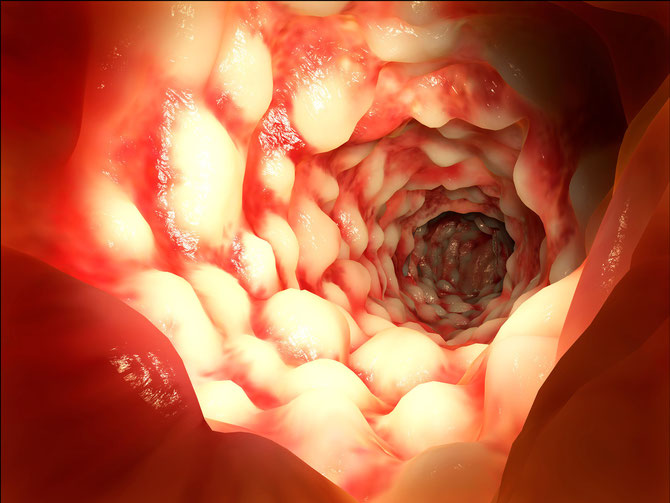FAQs
How should a breast self-exam be performed?
1) In the Shower: Using your fingertips, feel your entire breast in a circular motion from the outside to the center. Be sure to check the entire breast area inclusive the armpit. A monthly self-examination is recommended to ensure there is no growth of any new lumps or thickening of the skin.
2) In Front of a Mirror: Visually inspect your breasts with your arms at your sides. Proceed to raise your arms over your head and look for any changes in contour, swelling or dimpling of the skin. Thoroughly inspect your nipples for any abnormalities like discharge or swelling. Next, rest your hands on your hips and press firmly to flex your chest muscles. Most breasts are not identical, so look for any significant differences, especially on a particular side, like dimpling or puckering.
3) Lying Down: When lying down, the breast tissue evenly spreads across the chest. Place a pillow under your right shoulder and raise your right arm behind your head. Using your left hand, move your fingertips around your right breast in a gentle, circular motion. Utilizing light, medium and firm pressure, cover the entire breast and armpit area. Repeat these steps for the opposite side. Be sure to inspect the nipple area for any lumps, redness and discharge.
What is an EGD and why is it performed?
An EGD (Esophagogastroduodenoscopy) is an endoscopic test examining the esophagus, stomach, and the first and second portions of the small bowel.
An EGD may be performed if you have symptoms that are new, irresponsive to treatment, or inexplicable. They are as follows:
Low blood count, known as anemia, that cannot be explained
Pain or discomfort in the upper abdomen
Difficulty swallowing
Nausea or vomiting that will not go away
Regurgitation of food
Black or tarry stools
Vomiting blood
How is an EGD performed?
Prior to the procedure, you will receive a sedative and medication to ease the pain. Typically, these pain medications will be given to you intravenously during the procedure as well. This ensures that you have a comfortable experience and will not endure any pain. A local anesthetic is sprayed directly into your mouth to ease the endoscope process and to prevent any gagging upon the insertion of the scope. You will also have a mouth guard applied to protect your teeth throughout the procedure. If you have dentures, they will be removed.
You will be instructed to lie on your left side. An endoscope, a fiberoptic tube with a light and camera at its tip, is inserted into the mouth. This allows for the physician to examine the lining of the esophagus, stomach, and the first and second portions of the small bowel for any abnormalities or growths. If needed, a biopsy can be performed via the tube.
The EGD normally lasts about 10-20 minutes. After the procedure is complete, you will not be able to eat or drink anything until your gag reflex returns to prevent choking.
How to prepare for an EGD?
You will be required to sign an informed consent to treat and will not be able to eat anything for 6 to 12 hours prior to the test. It may be necessary for you to stop taking aspirin and other blood-thinning medications several days before the EGD is performed.
What is a colonoscopy and why is it performed.
A colonoscopy is an outpatient, endoscopic procedure performed to examine the colon and rectum. It is performed to diagnose gastrointestinal symptoms such as abdominal pain, intestinal bleeding, irregular bowel movements, and diarrhea.
Office:
770-502-2150
Fax:
770-502-2103
Billing or Medical Records:
770-683-3532
Address:
775 Poplar Road , Suite 260
Newnan, Georgia 30265
General Surgeons Dr. Clifford A. Cranford Jr., MD, Frank S. Powell, MD and Joseph H. Morris III, MD provide comprehensive surgical care for CPM Advanced Surgical Specialists in Newnan, Georgia. They treat a variety of disorders including but not limited to: general surgery, breast surgery, gastrointestinal endoscopy, laparoscopic surgery and bariatric surgery. We proudly serve Newnan, GA, Peachtree City, GA,Fayetteville, GA and other surrounding cities. Addresses: 775 Poplar Road | Suite 350 | Newnan, GA 30265 Copyright © 2015 CPM Advanced Surgical Specialists - Website by - Registered Vascular Solutions, Inc.



